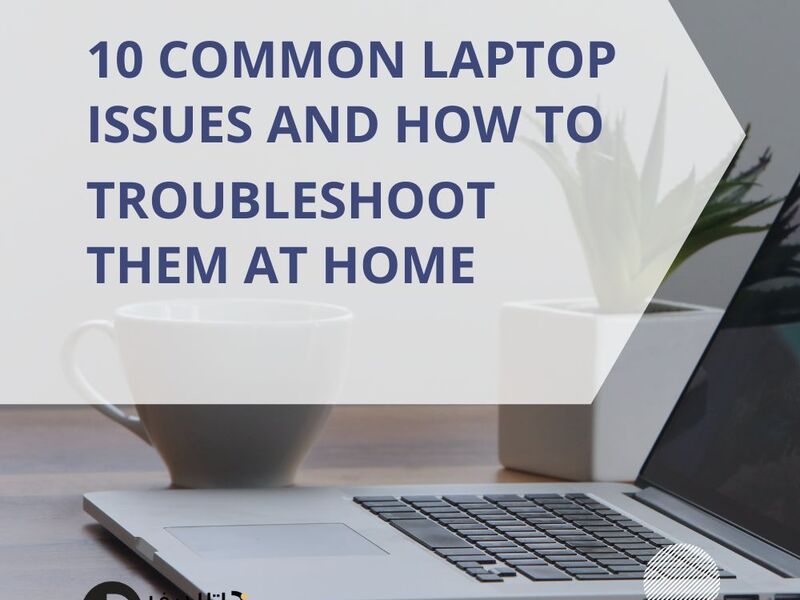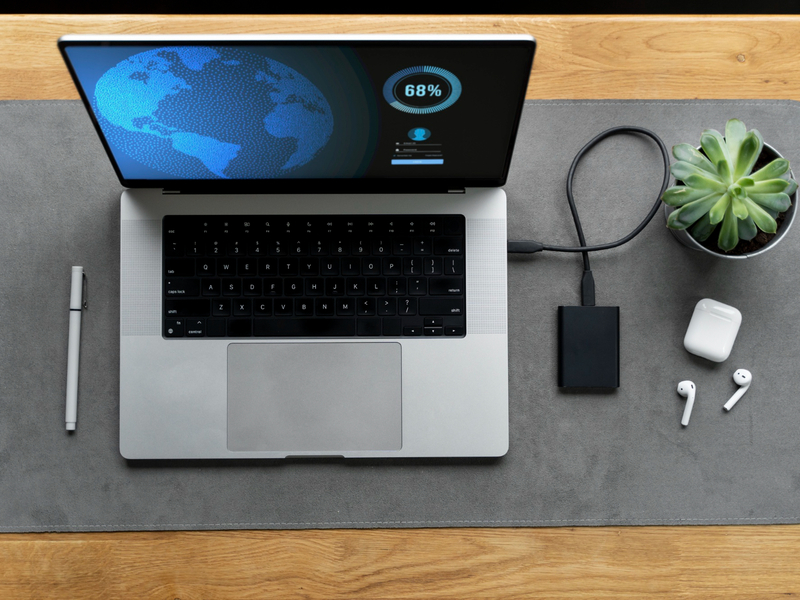Laptops have become essential companions in both our personal and professional lives. From attending virtual meetings and completing assignments to binge-watching favorite shows and gaming, we rely heavily on these portable devices. But like any mechanical object, laptops have parts that wear out over time — and one of the most common weak points is the hinge.
A broken laptop hinge can make using your device frustrating or even impossible. It might cause the screen to wobble, fail to stay open, or in severe cases, detach entirely from the base. In this post, we’ll dive into why laptop hinges break, how you can recognize the early warning signs, and, most importantly, practical steps you can take to prevent hinge damage. By understanding the mechanics and treating your laptop with care, you can extend its life and save yourself from costly repairs.
2. Common Causes of Laptop Hinge Breakage
Understanding why laptop hinges break is the first step toward prevention. While laptops are designed to open and close repeatedly, certain factors can speed up hinge wear or cause sudden breakage:
· Excessive Force
Many users don’t realize how much strain can be put on hinges by simply opening or closing the laptop too quickly or roughly. Slamming the lid shut or forcing it open beyond its designed angle can cause stress fractures or break internal hinge components.
· Uneven Pressure
Lifting your laptop by the screen or carrying it while open can place unnatural pressure on the hinges. The hinges are engineered to handle movement between the screen and base but not the weight of the entire laptop. This can weaken or even snap hinge parts over time.
· Poor Quality Materials
Budget laptops sometimes cut corners on hinge materials and design to keep costs down. Cheaper metals, plastics, or poorly assembled hinges tend to degrade faster and are more prone to breaking.
· Wear and Tear
Regular daily use takes a toll. After thousands of open-and-close cycles, even the best hinges can loosen or wear out. Over time, internal components can degrade, leading to reduced functionality or breakage.
· Improper Storage
Stuffing a laptop into an overfilled bag or placing heavy objects on top of it can warp or stress the hinges. Cramped, tight storage conditions often result in unintended pressure that damages hinge integrity.
· Temperature Fluctuations
Extreme heat or cold can cause materials like plastic and metal to expand and contract, which can weaken the hinge assembly. Leaving a laptop in a hot car or freezing cold environment repeatedly can contribute to premature hinge failure.
· Dust and Debris
Accumulated dirt or debris inside the hinge mechanism can cause stiffness, making it harder to open or close the laptop smoothly. This resistance can translate into extra pressure on the hinges, which may lead to cracks or breaks.
3. Signs of Impending Hinge Failure
Catching hinge problems early can save you from more serious damage and costly repairs. Here are some warning signs to watch for:
- Loose or Wobbly Screen: If your screen doesn’t stay firmly in place and feels unstable or shaky, this is often an early sign of hinge weakening.
- Creaking or Grinding Sounds: Strange noises when opening or closing the lid can mean internal hinge parts are worn or misaligned.
- Visible Cracks or Damage: Regularly check around the hinge area for cracks, loose screws, or broken plastic casing.
- Uneven Closing: If one side of your laptop lid closes slower or doesn’t sit flush with the base, it could be due to hinge misalignment or damage.
- Screen Misalignment: When closed, the screen should line up evenly with the keyboard base. Any noticeable gaps or crookedness could indicate hinge issues.
Ignoring these signs can worsen the damage and increase repair costs, so it’s worth acting at the first indication of trouble.
4. How to Prevent Laptop Hinge Breakage
Prevention is better than cure, especially with laptop hinges. Here are practical tips to help you keep your hinges in good shape:
· Handle with Care
Always open and close your laptop gently and slowly. Use both hands to apply even pressure, especially for larger laptops. Avoid forcing the screen past its natural stopping point.
· Use Proper Lifting Techniques
Never pick up your laptop by the screen or open lid alone. Instead, lift from the base to avoid stressing the hinges unnecessarily.
· Keep It Clean
Regularly clean the hinge area to remove dust, dirt, or debris that could jam the mechanism. Use compressed air or a soft brush to clear out particles without causing damage.
· Invest in a Quality Laptop Bag
A padded, well-fitting laptop bag cushions your device during transport and prevents pressure from external objects. Avoid overpacking your bag or stuffing it with heavy items that can press on the laptop.
· Avoid Extreme Temperatures
Try not to leave your laptop exposed to very hot or cold environments for long periods. Both extremes can negatively affect the materials around the hinge.
· Support the Screen
When using your laptop on uneven or soft surfaces like a bed or couch, ensure the screen is supported and the laptop is stable to reduce stress on the hinge.
· Regular Maintenance
Consider getting your laptop serviced by professionals occasionally. They can check hinge tension, tighten screws, and apply lubrication if needed.
· Be Mindful of Screen Angles
Most laptops are designed to open to a certain angle only (often about 120–135 degrees). Avoid forcing the lid beyond this point as it can strain the hinges.
5. What to Do If Your Laptop Hinge Breaks
If your laptop hinge is already damaged or broken, here are some steps to take:
· Check Your Warranty
If your laptop is still under warranty, contact the manufacturer or retailer immediately. Some hinge problems may be covered, saving you repair costs.
· Professional Repair
Look for a reputable computer repair service that specializes in laptops. Experienced technicians can often replace hinges or repair the surrounding casing without harming other components.
· DIY Repair
For those confident in their tech skills, there are numerous online guides and tutorials on hinge repair. However, be cautious — incorrect repairs can cause further damage, and opening your laptop may void the warranty.
· Temporary Fixes
If you need a quick fix, you can try temporary solutions like using strong adhesive epoxy or metal braces to hold the hinge in place. These are stopgap measures and should be replaced with proper repairs as soon as possible.
· Consider Replacement
Sometimes hinge repair costs approach or exceed the value of the laptop, especially for older models. In such cases, investing in a new laptop might be the more practical option.
Conclusion
Laptop hinge breakage is a common yet avoidable problem. Understanding the causes — from rough handling to material fatigue — empowers you to take simple, effective steps to protect your device. Gentle use, regular cleaning, and awareness of warning signs can dramatically extend the life of your laptop’s hinges.
Remember, a laptop is an investment, and caring for its physical components is just as important as protecting the software. If you notice any signs of hinge damage, address them early to avoid further complications. Datalife is there to take care of your laptop.
Have you ever dealt with a broken laptop hinge? What steps did you take to fix or prevent it? Share your experiences or tips in the comments below — your insight might help others avoid the same issues!


